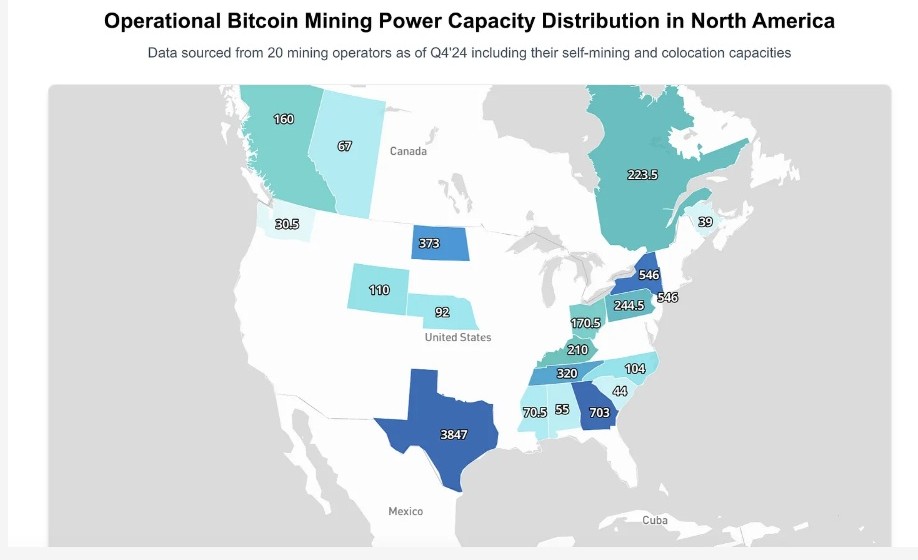

Mantras and associated market makers are said to have manipulated the liquidity metrics of OM tokens by exploiting vulnerabilities in data aggregators’ self-report systems. Latest version From the “Chopping Block” podcast.
This scheme misrepresented the distribution supply and transaction volume of OM, creating the emergence of wider market activity than existed.
Participants on the podcast explained that the mantra team worked with market makers to simulate trading volumes. This involved cycling tokens between controlled addresses and exchanges to inflate volume numbers without organic participation.
As a result, OM appears to be the top 25 assets by market capitalization, despite less than 1% of token supply being truly liquid, according to on-chain observers.
The tactics relied on the gaps in the verification process of Coingecko and Coinmarketcap. Both platforms rely primarily on project team self-report data, cross-referenced to lists on key exchanges and surface-level blockchain analysis.
However, motivated actors can avoid these checks by assigning to marketing makers tokens that ostensibly reflect organic transactions, even if they do not participate in retail.
Large OM holders are trying to settle 90% price drop within 90 minutes. As podcast participants pointed out, the incident wiped out billions of dollars in market capitalization, revealing vulnerabilities in the actual trading depth of the assets.
Potential solutions
Industry figures have proposed several solutions to address loopholes that allow for OM incidents.
One of the proposals was to require disclosure of all market-making agreements as a condition to list tokens in major exchanges such as Binance and Coinbase.
Transparent disclosures become apparent when transaction volume support is genuine distribution or adjusted primarily through incentive liquidity arrangements.
This concept reflects traditional financial practices in which securities filing discloses market-making agreements for public equities.
In the crypto market, such disclosures must include rebate structures, loan terms, inventory risk liability, and any volume guarantees provided by the market manufacturer.
Another solution discussed was the enhanced verification of token distribution claims. Exchanges and data aggregators can implement more stringent on-chain verification criteria, including wallet audits and wallet ownership concentration assessments, to ensure that reported circular supply is independently verifiable.
assignment
However, participants acknowledged the potential challenges. Market makers may resist disclosures to protect their own arrangements, and exchanges may face higher operating costs.
Additionally, there is the risk that enforcement without regulatory support could lead to uneven recruitment across the platform, creating opportunities for bad actors to misuse the ruling.
Despite these hurdles, the podcast consensus was that tailored behavior through major exchanges could significantly mitigate problems.
If major venues require transparency in new lists, projects seeking legitimate liquidity access will have strong incentives to potentially adhere to practices that undermine user trust and market stability.
The allegations over the collapse of OM and its liquidity practices have updated scrutiny of data reporting standards across the crypto industry.








